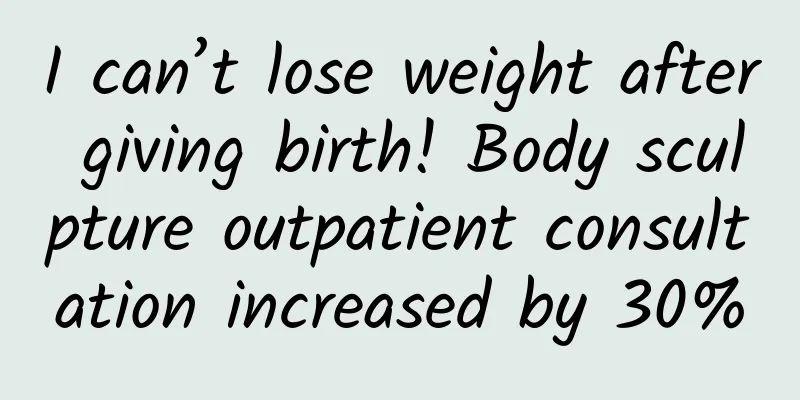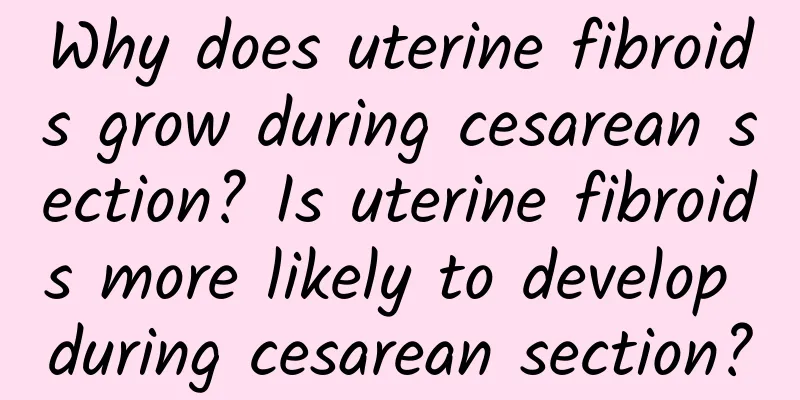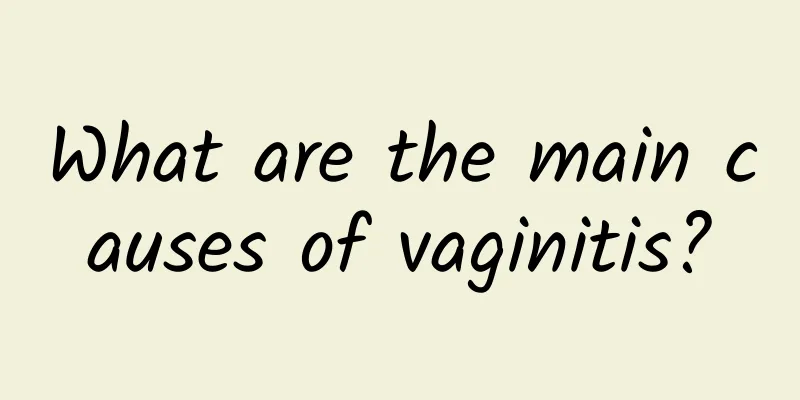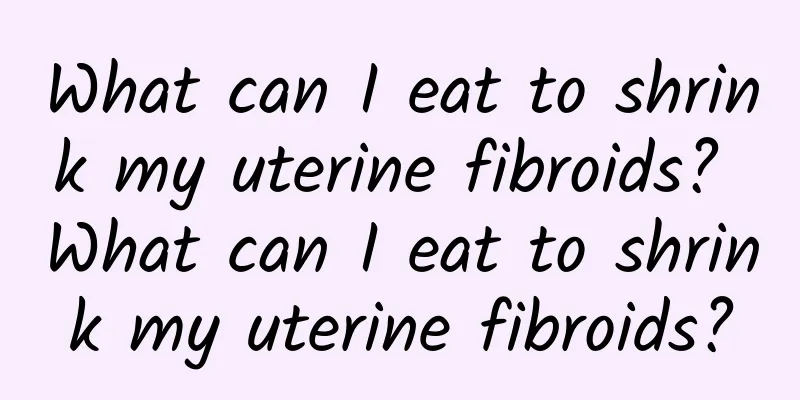What is the best way to treat uterine fibroids?
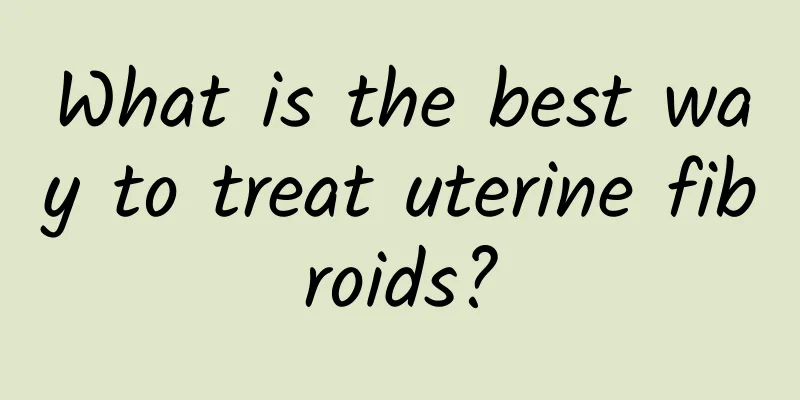
|
There are many different ways to treat uterine fibroids, and choosing the most appropriate option needs to be determined based on individual circumstances. In general, the treatment of uterine fibroids depends on its size, location, symptoms, and the patient's age and fertility plans. For some asymptomatic and smaller fibroids, your doctor may recommend regular observation rather than immediate intervention. Medication is a common option when it comes to treating uterine fibroids. Medications can help control symptoms, especially heavy menstrual bleeding and pelvic pain. Common medications include hormone drugs, such as gonadotropin-releasing hormone (GnRH) agonists, which can reduce the size of fibroids. However, medications usually don't completely eliminate fibroids, and long-term use can cause side effects. If medications don't work well, or if your fibroids cause severe symptoms, surgery may be an option to consider. Common surgical procedures include hysterectomy and myomectomy. A hysterectomy is a permanent solution for women who no longer plan to have children. A myomectomy is a uterus-preserving procedure for women who want to preserve their fertility. The choice of surgical procedure requires an in-depth discussion with your doctor, taking into account your individual health and future plans. In addition to traditional treatments, minimally invasive techniques such as uterine artery embolization are also gaining attention. This method reduces the size of fibroids by blocking their blood supply, with less trauma and faster recovery. However, not all patients are suitable for this technology, and specific indications require evaluation by professional doctors. During the treatment process, psychological support and lifestyle adjustments are equally important. In the face of the disease, maintaining a positive attitude can help better cope with the challenges brought by treatment. At the same time, a healthy diet and moderate exercise can enhance physical fitness, improve immunity, and provide a good foundation for treatment. There is no one-size-fits-all approach to treating uterine fibroids. The best treatment plan is individualized and requires a wise choice based on the specific situation under the guidance of a professional doctor. I hope that every patient can find a treatment method that suits them and recover their health as soon as possible. |
<<: 5 minutes to relieve menstrual cramps
>>: What are the symptoms of pelvic effusion?
Recommend
Does right ovarian cyst cause back pain? What are the clinical symptoms?
Right ovarian cyst and low back pain, what are th...
Develop a physique that is easy to lose weight! Learn 6 good habits to lose weight
Jim Karas, an authoritative American nutrition ex...
Analysis of the two main causes of irregular menstruation
Menstrual irregularity refers to various abnormal...
Acupuncture points for treating pelvic inflammatory disease
Pelvic inflammatory disease refers to inflammatio...
Love tea eggs for breakfast? PK poached egg, stewed egg, which one has the highest calorie...
There are many choices of egg dishes for breakfas...
What are the symptoms of cervical warts in the early stage of the disease?
Since cervical warts are one of the most common s...
Experts introduce the causes of cervical hypertrophy
According to medical surveys, the incidence of ce...
What is the best thing to eat for dinner with uterine fibroids? Breakfast recipes for patients with uterine fibroids
What is the best thing to eat for dinner with ute...
High fiber, low calories? "Cherry Tomato" is a good helper for weight loss!
Women who love beauty often eat fruits as meal re...
Let’s take a closer look at how to treat fallopian tube tuberculosis?
Tubal tuberculosis is clinically tuberculous salp...
What are the precautions for endometriosis?
What are the precautions for endometriosis? Preve...
Cystitis recurring easily ignored beware of bladder cancer
Women who suffer from cystitis are prone to recur...
Endometrial thickness 18mm pregnancy
Endometrial thickness 18mm pregnancy 1. The clini...
What tests are needed for fallopian tube tuberculosis
The diagnosis of fallopian tube tuberculosis requ...
Ovarian cyst pain symptoms
Ovarian cyst pain symptoms: Ovarian tumors are co...



